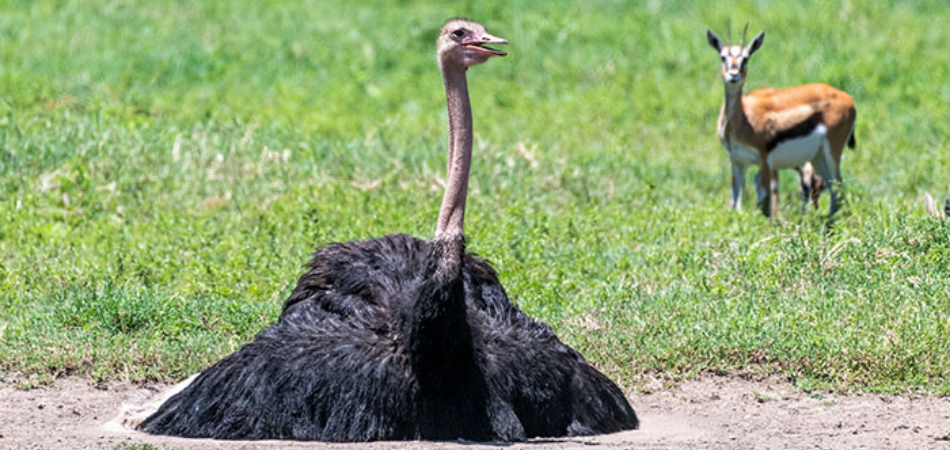
The fascinating trip amid wildlife in Tanzania has now reached its last leg. You are now on the way from Serengeti towards the UNESCO World Heritage Site Ngorongoro Crater, also called Khalidera. House to amazingly diverse wild life.
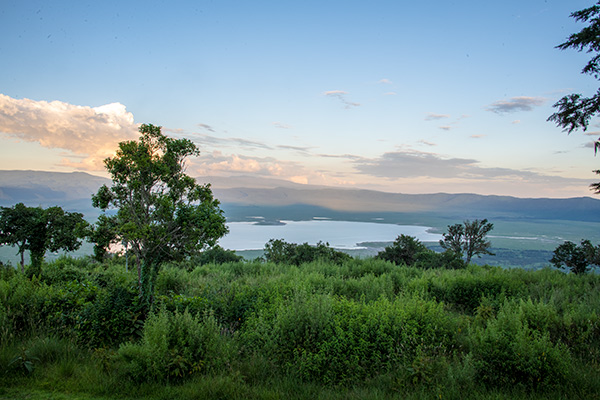
As per Wikipedia, this amazing crater/caldera happened when a large volcano exploded and collapsed on itself two to three million years ago.
It is 610 metres (2,000 feet) deep and its floor covers 260 square kilometres (100 square miles).[11][19] The crater floor is 1,800 metres (5,900 feet) above sea level[1] and was voted as one of the Seven Natural Wonders of Africa in February 2013.
The Masai (Nilotic People) who once upon a time entered Tanzania through River Nile, presumably live here on its periphery.
So, after watching the Leopard on a tree followed by one Lion resting under another tree and subsequently having lunch at a designated picnic area on the border of Serengeti and Ngorongoro, you reach your hotel on the outskirts of the crater and overlook it as well. The view from your hotel room below is absolutely captivating.
Ngorongora Crater
The following day, it’s 6.30 am and as the sun is about to show itself over the horizon, the golden hue now has converted the entire landscape increasingly striking.
So, as planned, Kimando, with his jeep, is there on the hotel’s porch. Then, along with your camera, you together drive down towards the floor of this fabled caldera. The air here is cool and scattered and the sunlight is bringing everything gradually into focus.
The large open grasslands with a conspicuous shallow salty lake Magadi now stand to welcome you.
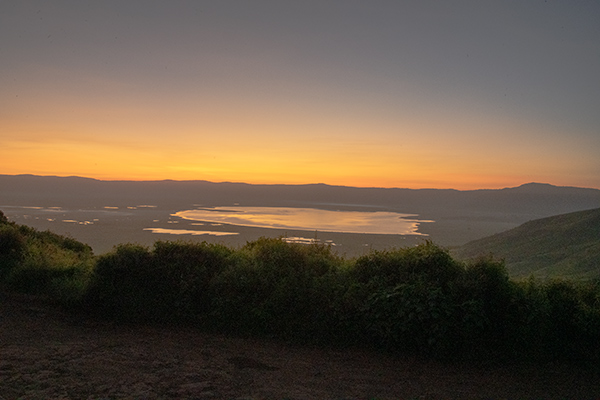
Inside, as you meander along the intertwined tracks crossing each other at various intervals, the encounter with the outstanding wildlife within this enclosed expanse begins.
In the savannah, the first to come across is the spiral-horned antilope called Common Eland. Common Eland supposedly is the largest and the slowest antilope in the world. Soon after, a Lappet-faced vulture is seen perched over a thorny bush, presumably their preferred place to be in.
Immediately thereafter, serendipitously, a message of Lions sighted close by is received. Kimando, with alacrity, turns the jeep and reaches the spot within minutes. Voila, there you see, not one but two muscular, rounded head lions with prominent mane lying over the grass not far from your jeep.
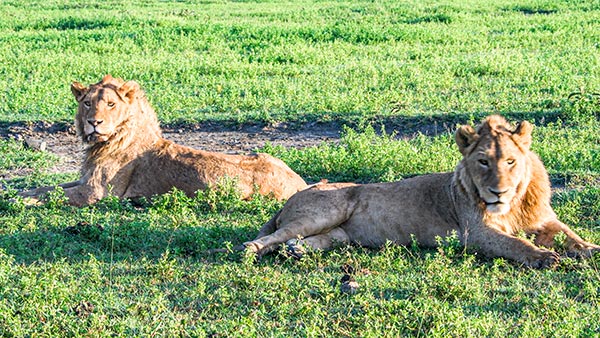
So, after watching and admiring considerably, and taking pictures of these majestic rulers of the jungle, you leave the space for others too to enjoy moments with these powerful lords.
Then these playful, fox-like Black-Backed Jackals with reddish-brown coat and black saddle flowing right from their shoulders up to their tails are seen at a little distance inside the grass.
Not very far away from this trio, you see a stocky bodied Cape African Buffalo with its characteristic horns looking at you inquisitively in-between his grazing ritual. Interestingly, it looks quite similar to our Asian Water Buffalo.
You then come across a herd of Wildebeest with curved horns spotted over their box-like heads along with their trademark Black-White beard. Being breeding season, you can notice some fascinating young ones walk alongside their mothers.
Coming across such diverse wildlife within such a small area and little time is incredible.
This piglike animal with two tusks protruding from its mouth and curving upwards called –Warthog has now arrived and not to get missed out. You shall never hesitate to oblige, and so do what is needed. Click! Click!
The spotted hyenas too wouldn’t like to be left behind, supposedly! They are there in your vicinity and are noticing you notice them. These unassuming predators with a bear like built and round ears seem satiated and are therefore resting. You leave them to themselves and leave.
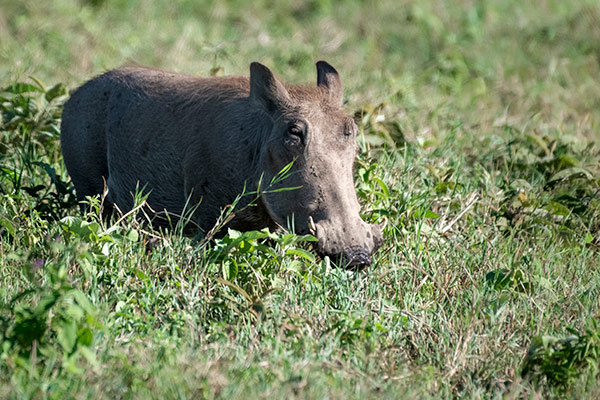
Warthog
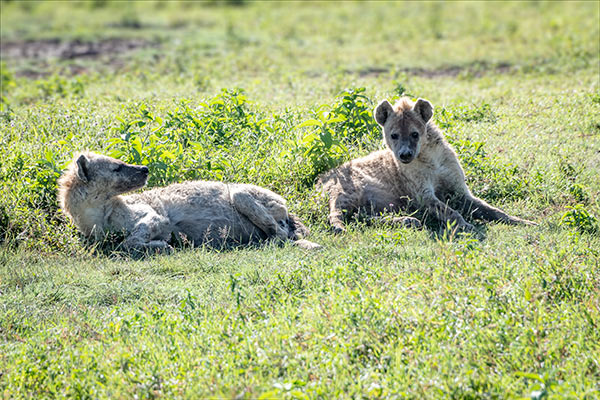
Spotted Hyenas
Then, as you drive along the small hill to the left, you see a huge lioness enjoying her siesta at some distance. With your 200-500mm zoom lense, however, you get her closer albeit through the camera.

Perched on the dry tree-top is this white headed enormous bird of prey with equally white breast and grey upper parts called White Bellied Sea Eagle. Its favourite prey being the fish, you usually see them near water bodies.
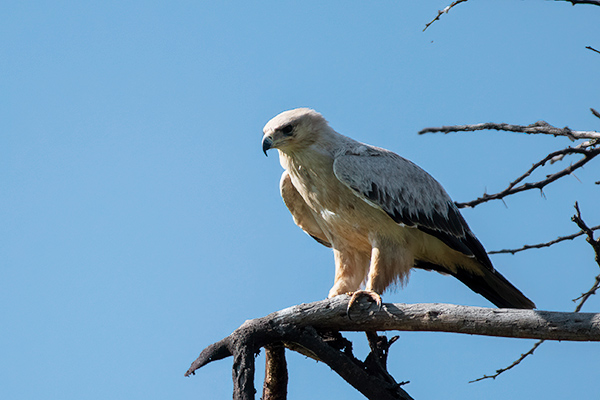

On the adjacent tree is another medium size bird of prey with blackish upper parts called African Hawk Eagle. Even as you watch this one, with a sharp shrill sound, Kluu-Kluu-Kluu, it spreads its large impressive wings and takes to the air. A propitious opportunity for you to get its pictures in flight.
Coming across such diverse wildlife within such a small area and little time is incredible.
It’s 9.30 am and you are able to locate an appropriate place just behind these trees for a breakfast- break.
Now, after breakfast, as you follow a fresh track, this short-legged tawny-colored Golden Jackal with an astonishing resemblance to a Wolf comes your way.
Then there is a herd of zebras with distinct black-and-white striped coats over their bodies, along with their lovely young ones nonchalantly feeding themselves with grass.
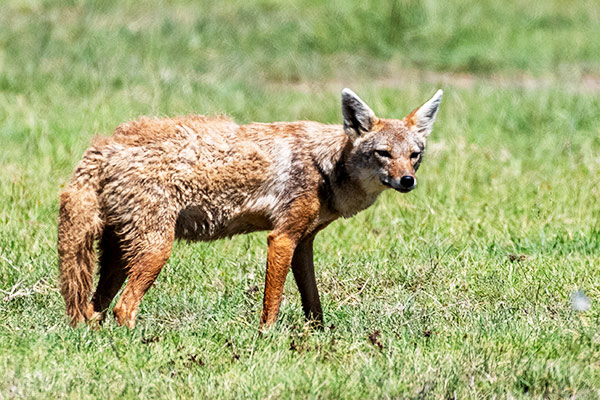
Golden Jackal
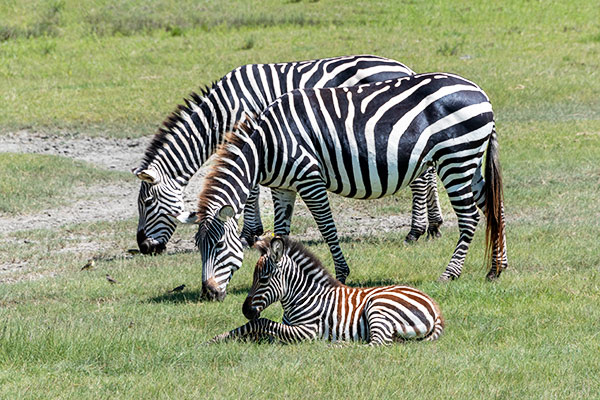
Zebras
The Majestic Gray Crowned Crane, the National bird of Uganda, with a striking spray of stiff golden feathered crown, long legs, white cheeks and bright red gular sacs underneath their chins are presumably picking up some grass seeds or even insects from within the wet soil under their feet.
Sadly, their beauty militates against their safety and freedom. Some unconscionable, scrupulous wealthy individuals consider them as a status symbol and flaunt them in captivity.
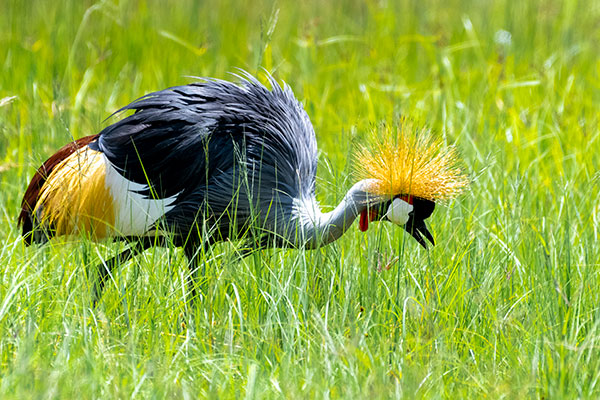
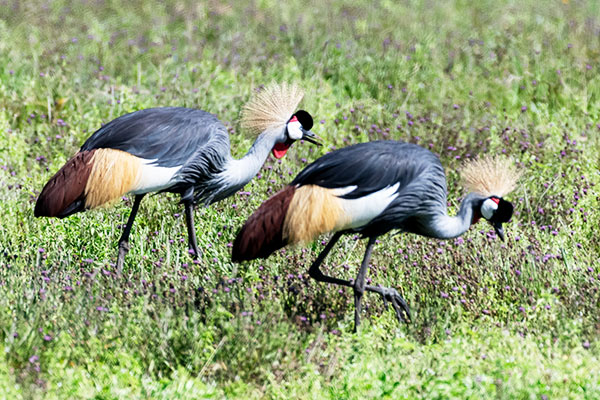
From here, as you get close to the water body, you see one of the most popular water bird –Greater Flamingoes around. Flamingoes, with pinkish-white plumage, long pink legs, red wing coverts and black tipped pink bill are busy dipping their head in shallow waters, endeavouring to find food comprising tiny shrimps and green algae.
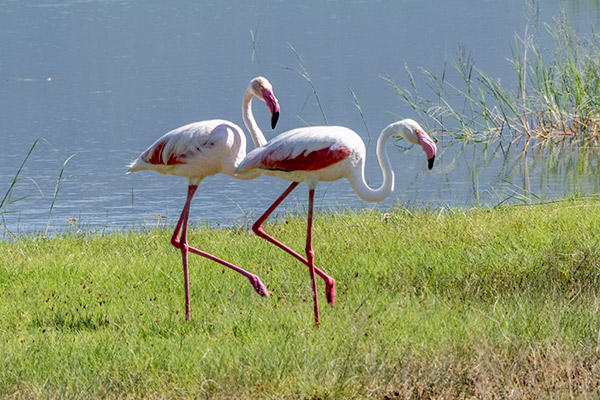

Just as this Pied Avocet, with its distinctive black-white pattern and striking upturned bill, swims smoothly over the calm waters, leaving long ripples behind and a wonderful reflection below, there is this slender Yellow Wagtail with its characteristically long and constantly wagging tail carefully monitoring the surroundings.
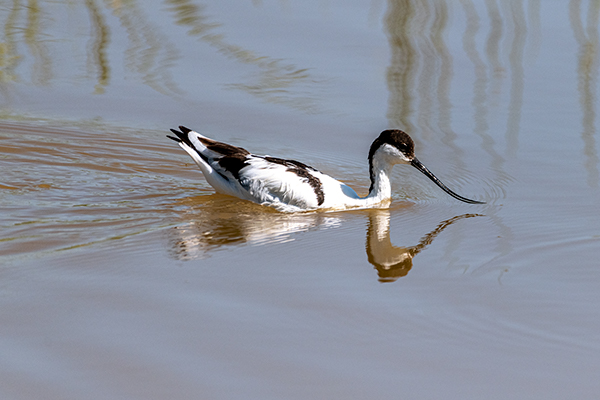
Pied Avocet
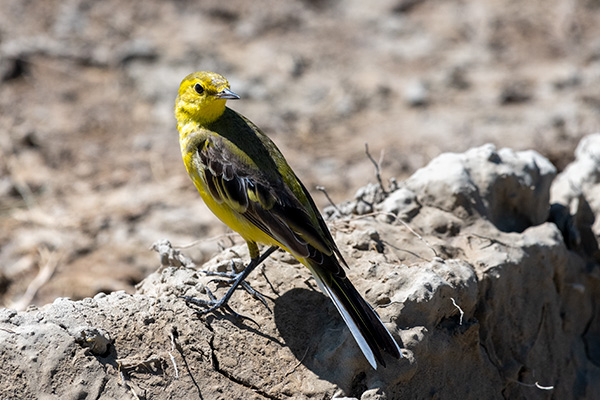
Yellow Wagtail
A little away is this chunky Male Fan-tailed Widowbird also called red-shoulder widowbird, plausible in its breeding plumage hopping from one bush into other. Then this 7-8 inch Rosy-throated Longclaw with greyish brown upper parts and pink throat too is around in the vicinity.

Fan-tailed Widowbird
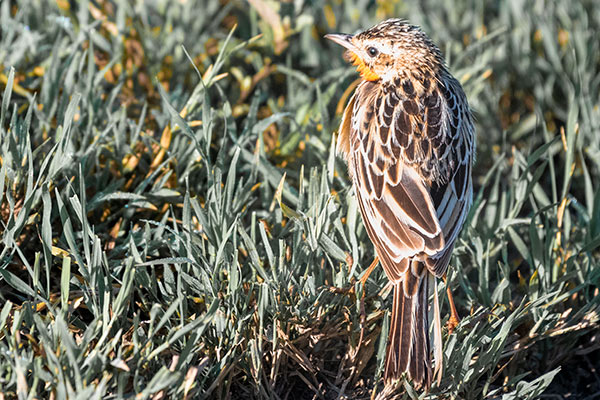
Rosy-throated Long claw
Then, as you are back at the place from where you began this captivating tour, you are once again in front of the same pair of Lions you had pictured hours ago. However, to your pleasant surprise, now both of them have moved out of the grassland and have now squatted themselves right at the edge of the track.
So, like others, you too join the queue of jeeps and resume clicking their pictures that clearly could add to your memorable collections.
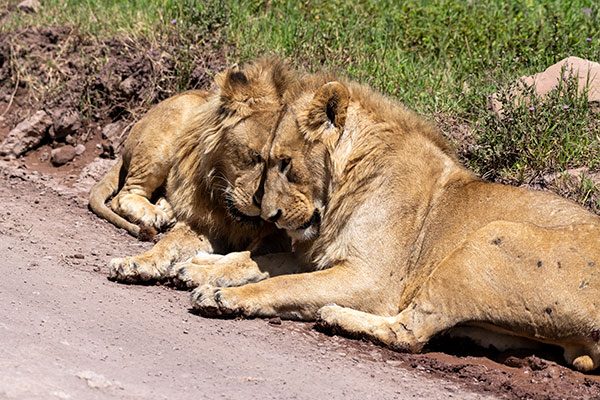
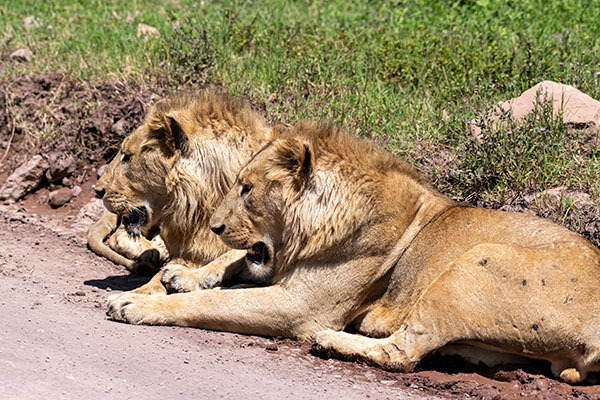

Finally, as you plan to leave the crater, this impressive tusker African Bush Elephant, sensing your intention, is there to bid you a warm goodbye. Unfortunately, these tuskers today have fallen under the category of critically endangered animals. Their long and beautiful ivory tusks, regretfully, entice heartless poachers who find them highly remunerative.
You finally leave the crater and Ngorongoro Conversion Area and take the road leading to the city of Arusha.

Arusha
On reaching the city, you check in at Hotel L’Oaisis that has attractive cottages constructed of hay and serving as guest accommodations.
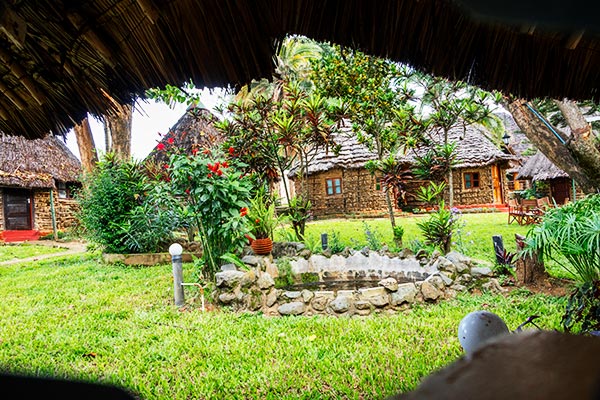
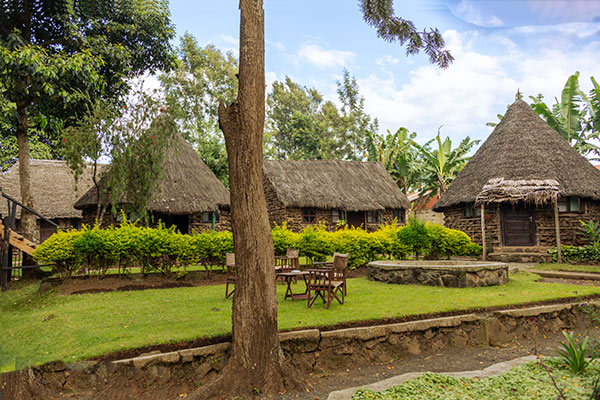
The following morning, before boarding your flight back home, with a few hours in hand, you decide to have a quick visit to the city.
On the way to the hotel’s gate, within its own garden, you see some interesting varieties of Chameleons. Without hesitation, you capture them in your camera and proceed to explore the city.
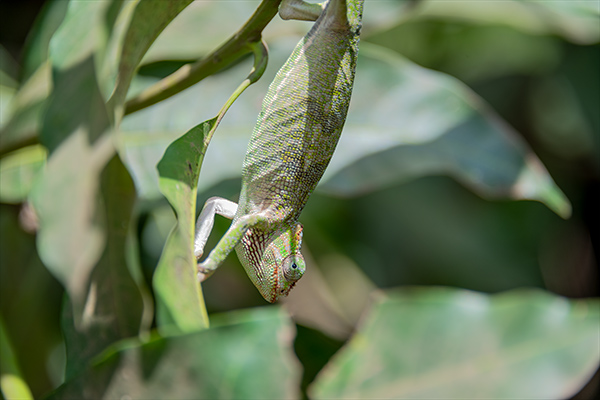
Baby Chameleon

Kilmanjaro Two-horned Chameleon
Now, as you walk around the metropolis guided by the Assistant Manager of the hotel – Elly, you reach the iconic Arusha Clock Tower after passing through the Anglican Church of Tanzania, Arusha Gymkhana Club and Tanzania Horticultural Association.
It is interesting to note that this Clock-Tower is right at the centre-point between Egypt and South Africa.
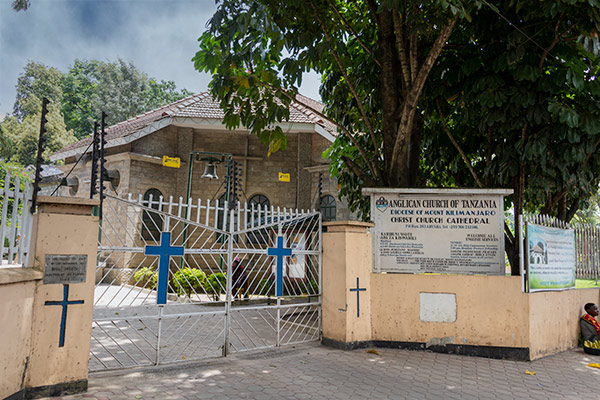
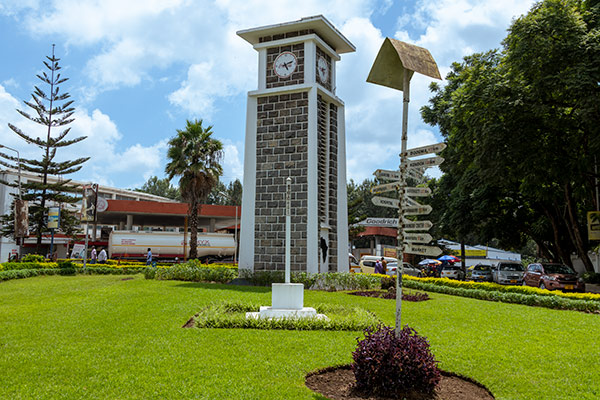
Finally, after reaching the hotel, you pack your bags and without further delay leave for the airport. Once again via Dar-es-Salaam and Nairobi, you are back in Mumbai and at your home loaded with memories captured in your camera.


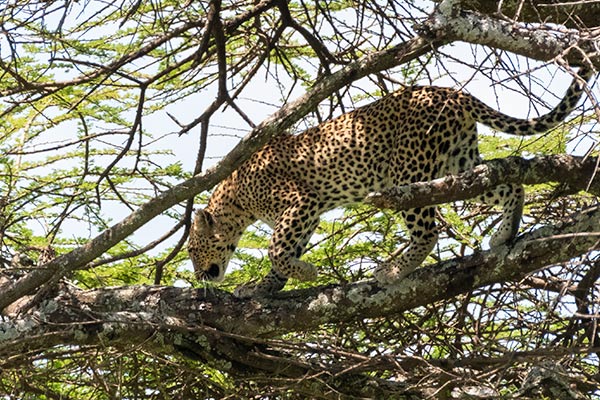
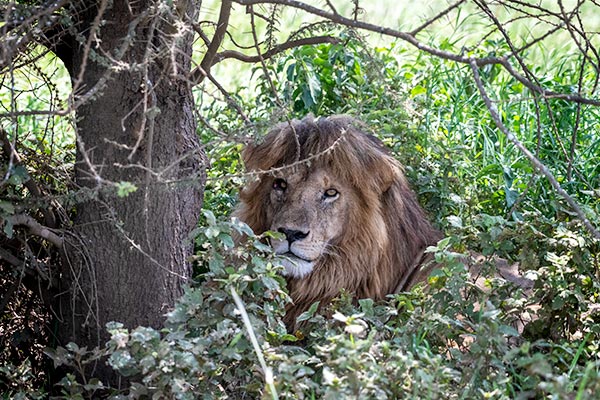
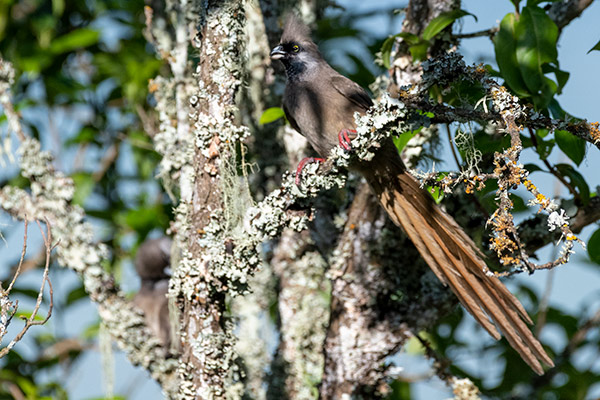
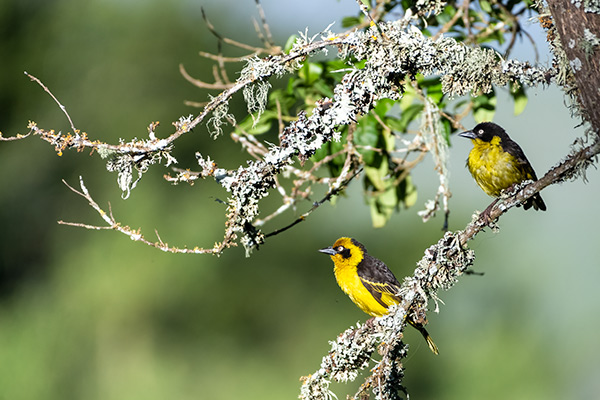
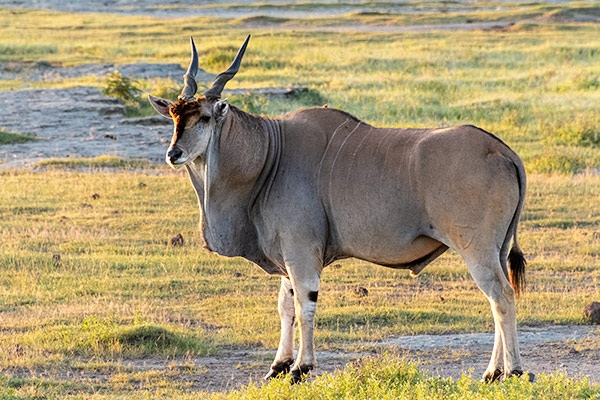
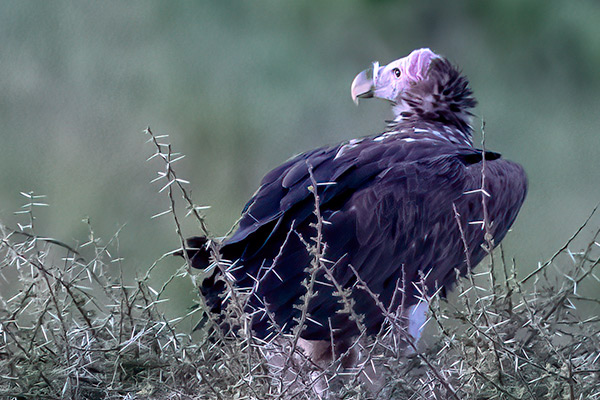


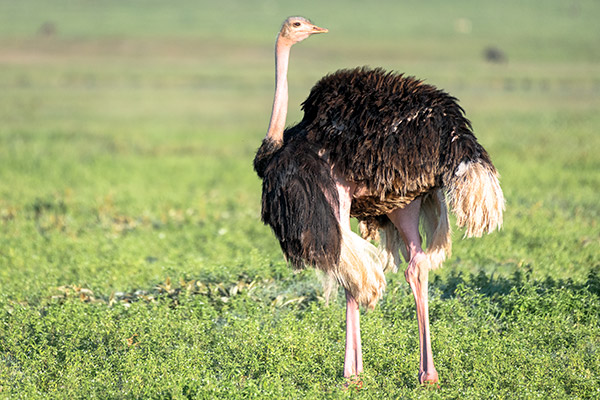


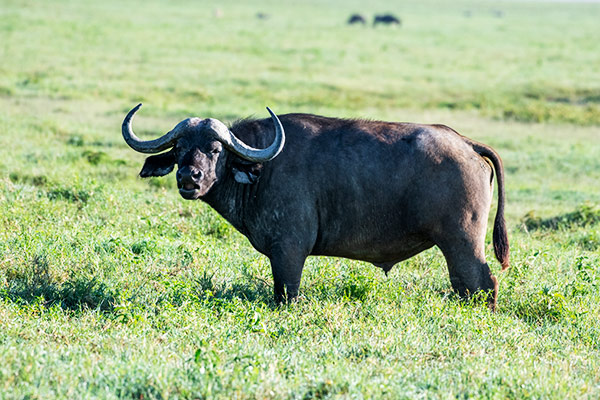
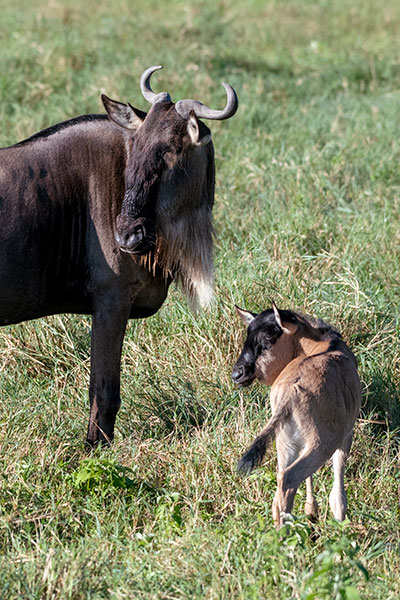
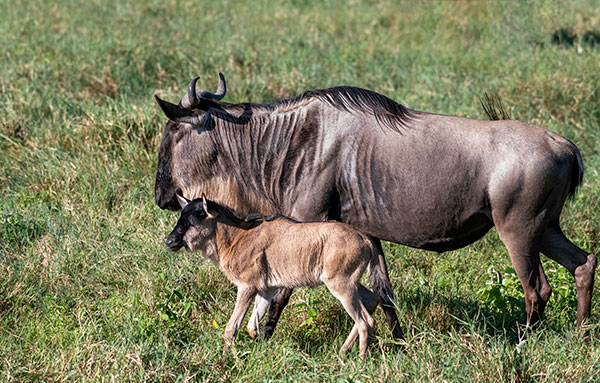
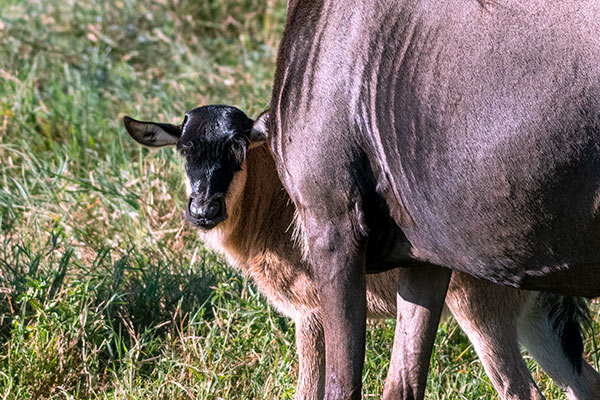
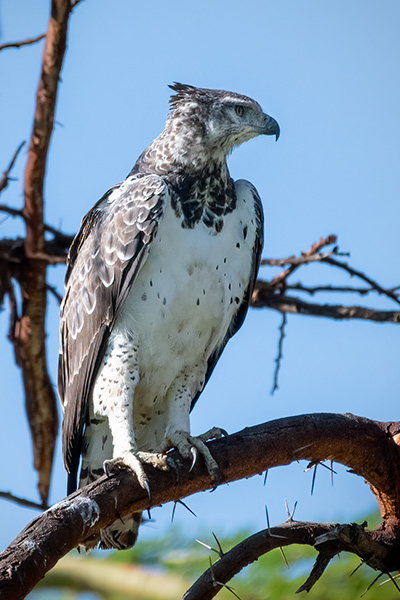

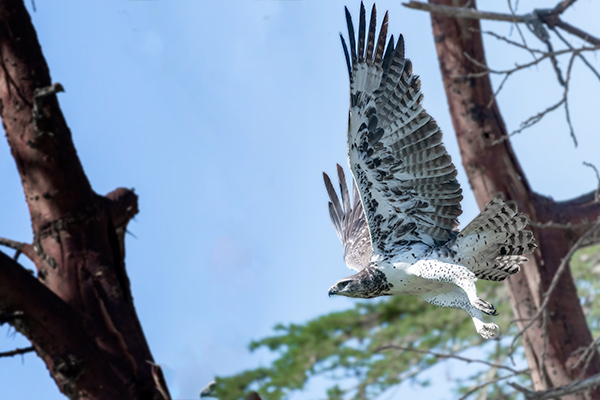
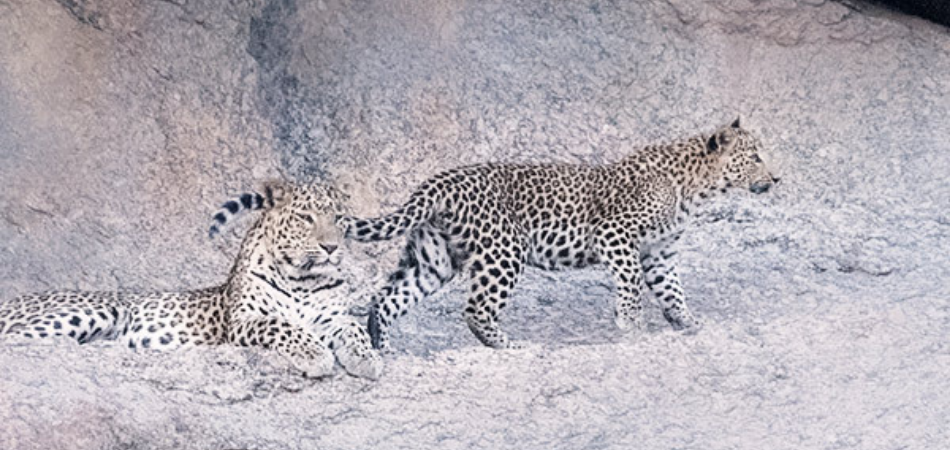

Arun Kataria
Just travelled with you. Travel more, blog more👍
Anonymous
Amazing !!
Mukul Wasnik
Amazingly captured the beautiful landscape and wildlife at Ngorongoro Crater. Through your photographs and write-up you have brought to life this wonderful place. It is indeed a must visit place for any nature lover.